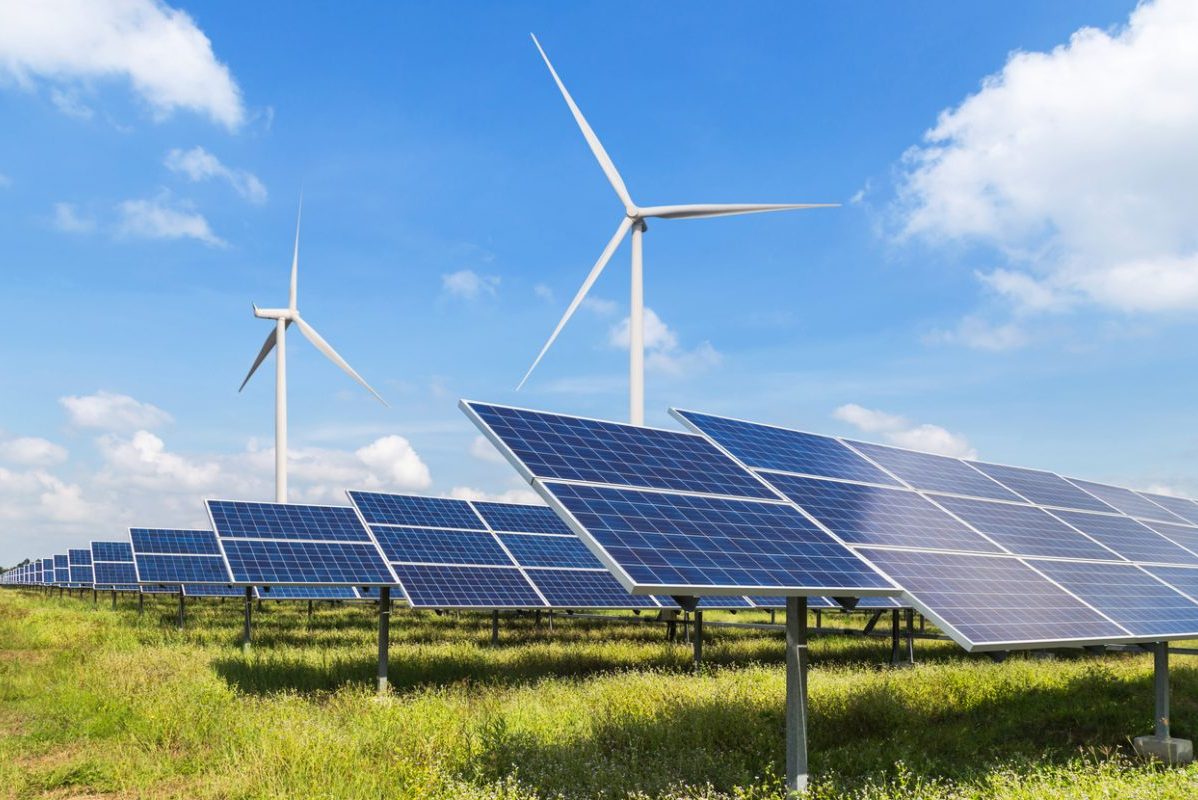Rare earths remain critical, materials used for batteries and hydrogen now also critical.
The U.S. Department of Energy (DOE) published its updated Critical Materials Assessment to identify materials crucial for clean energy deployment and evaluate their supply risks. In the context of the global push to reduce carbon emissions, demand for clean energy technologies and the materials they require is rising. Some materials essential for these technologies face potential supply risks. Understanding these materials’ importance is crucial in developing strategies to ensure a sustainable and resilient clean energy future. Compared to its previous installment from 2019, the 2023 Critical Materials Assessment highlights the following findings:
Rare Earth Elements
Rare earth elements (REE) used in magnets for EV motors and wind turbines continue to be critical. Among others, these elements contain neodymium, praseodymium, dysprosium, and terbium. While dysprosium and terbium serve similar functions in magnets, terbium’s criticality is slightly lower in the short term because it can be a substitute for dysprosium but not vice versa. Similarly, praseodymium is also more substitutable compared to its neighbor on the periodic table, neodymium. According to the DOE, China dominates the production of REE which is also supported by data from the U.S. Geological Survey.
Battery Materials
Materials used in EV and stationary storage batteries are now considered critical. Cobalt remains critical, and lithium is now also seen as critical by the DOE in the medium term due to its broader use in various battery chemistries and the rapid growth of the EV industry. Natural graphite which is also used in batteries is a new addition to the list and is also identified as critical in this assessment.
Platinum Group Metals
Platinum group metals used in hydrogen electrolyzers such as platinum itself or iridium are considered critical due to the increased focus on hydrogen technologies for achieving net-zero carbon emissions. However, because EVs are out phasing combustion engines leading to decreasing importance of catalytic converters, platinum group metals used in them like rhodium and palladium are not considered critical in the medium term.
Gallium and Major Materials
The technology metal gallium remains critical due to its use in LEDs, and its growing importance in semiconductor applications, in forms such as gallium arsenide or gallium nitride. This criticality has become evident recently with the announcement by leading producer China to impose export controls on gallium and fellow technology metal germanium. The DOE now also sees major materials like aluminum, copper, nickel, and silicon as near critical in the medium term, mainly due to their significance in electrification efforts.
Strategies to Adress the Criticality
To mitigate possible supply risks, the DOE advocates for diversifying and expanding supply from additional sources. Additionally, forming a circular economy including recycling could help in limiting criticalities. But also the development of substitute materials for material deemed critical is a viable goal to pursue, according to the DOE. The department will use this assessment to prioritize investments “to build and transform domestic supply chains.”
The full report can be found here (PDF).
Photo: iStock/Airubon


